A neutron star is one of the most incredible objects known to astronomers.
Think about it: in the depths of space lie dead stars, each containing more mass than the Sun but crammed into a space the size of a city.
Neutron stars are so tightly packed that a single teaspoon of their contents would weigh more than Mount Everest – or about as much as every human that has ever lived.
What’s more, neutron stars spin multiple times a second, are highly magnetised and spit out rotating beams of radiation like celestial lighthouses.
- Discover the 5 hypothetical stars astronomers have yet to discover or learn more about the spinning neutron stars known as pulsars.
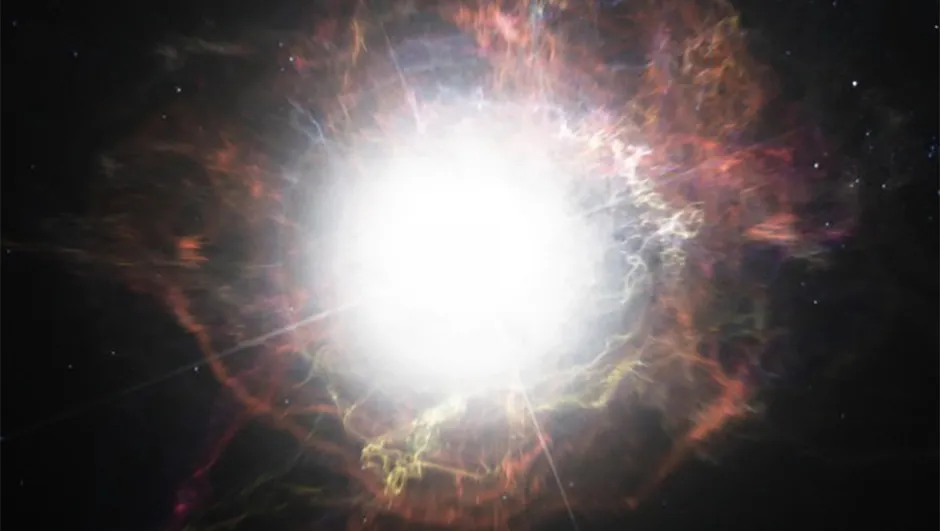
Neutron star key facts
A neutron star forms when a medium-sized star reaches the end of its life and explodes as a supernova, after which it leaves an incredibly dense core behind.
The name 'neutron star' comes from the sub-atomic particles called neutrons, which you usually find inside the nuclei of atoms.
The intense pressure inside a neutron star takes the other two mainstays of the atom – protons and electrons – and crushes them together to form yet more neutrons.
In total, a neutron star is 90% neutrons – effectively, each one is a giant, city-sized atomic nucleus.
The anatomy of a neutron star
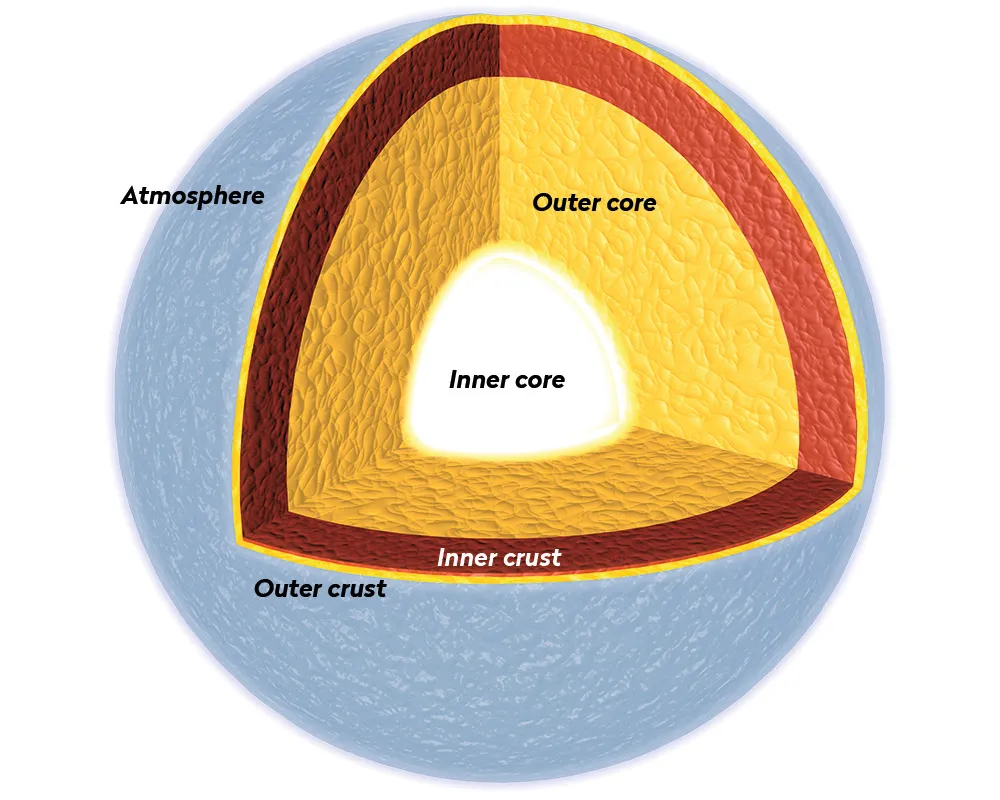
A neutron star has a similar structure to our planet, with an atmosphere, crust and core. But what goes on inside is very different.
Atmosphere
The gravity of the neutron star maintains an atmosphere of hydrogen, helium and carbon heated to around 2 million °C. It’s just a few thousandths ofa millimetre thick.
Outer crust
The outer crust is made of a mixture of electrons and atoms that have had some or all of their electrons removed (known as ions).
Outer core
Here you will find superconducting protons. A superconducting material offers no resistance to electrical current and so the current can flow through it without losing any energy.
Inner core
The least understood part of a neutron star, the inner core could be made of a soup of quarks – the particles that make up protons and neutrons.
Inner crust
The neutron star’s magnetic field holds a lot of sway in this region. It could help fragment the crust and generate starquakes. Material in the inner crust takes the form of electrons, neutrons and atomic nuclei.
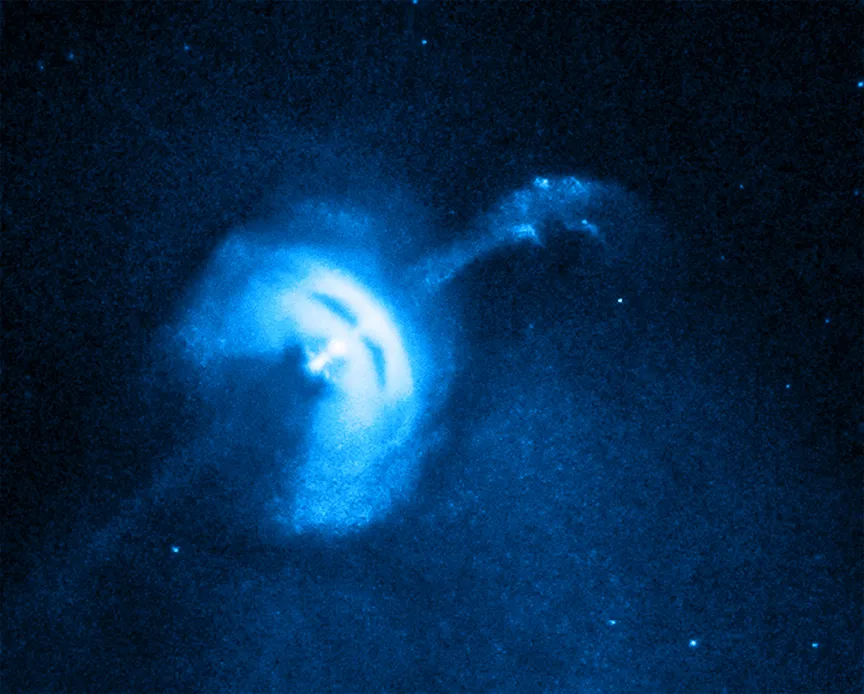
Neutron stars and gravity
Neutron stars exist in space because of a delicate balance of forces. On one hand you have gravity trying to collapse the star.
Research published in July 2021 found that the gravity of neutron stars is so extreme, mountains on their surface can barely reach a millimetre in height.
Yet resistance to gravitational collapse comes in the form of something called degeneracy pressure.
This is generated because there comes a point when it is too hard to squash nuclear material closer together and so the two opposing forces balance each other out.
This means that the most massive neutron stars should also be the smallest – more mass means stronger gravity and therefore a more compact, tightly squeezed object.
The neutron star that makes no sense
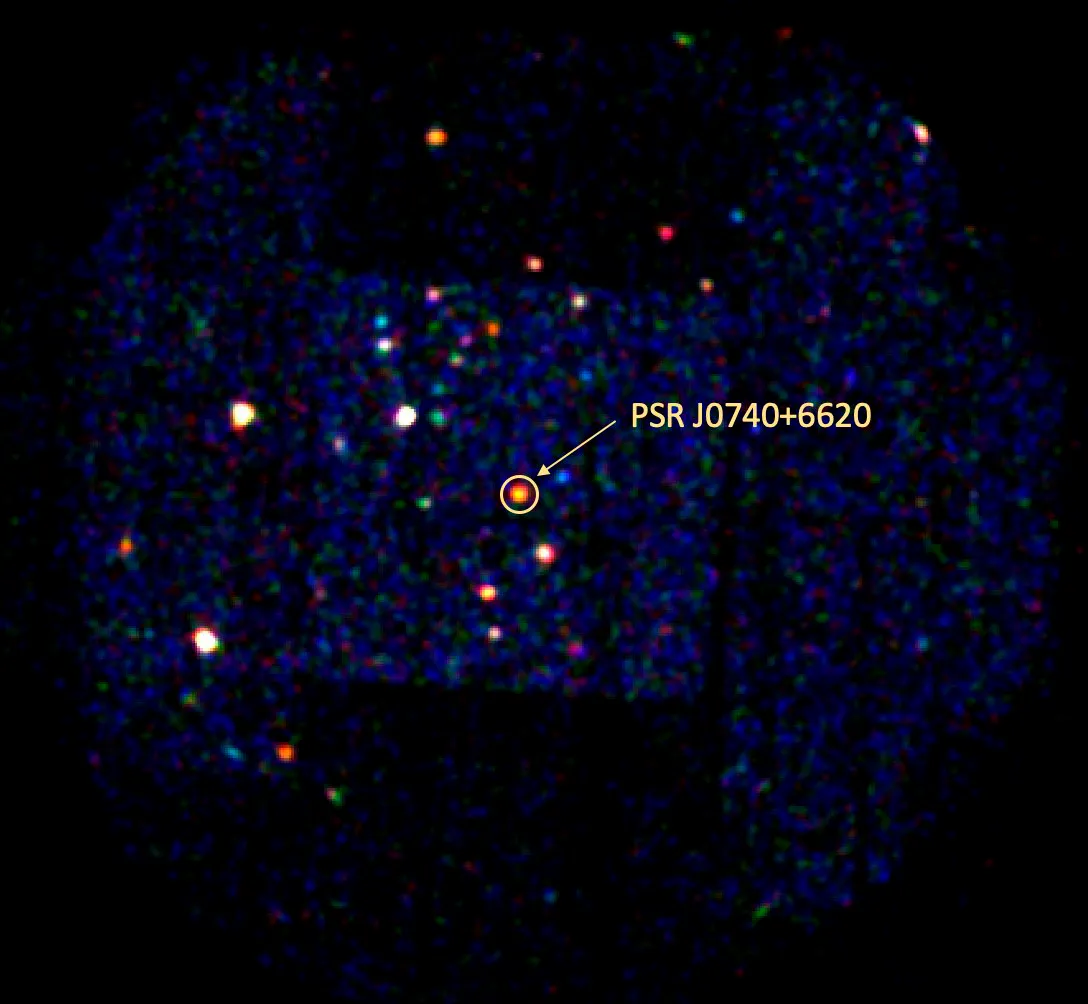
At least, that is how it is supposed to work.
Imagine the surprise for astronomers when in 2019 they stumbled across a seemingly impossible neutron star.
This neutron star currently makes no sense: a neutron star that has a density far greater than its vast size should allow.
Explaining its existence wouldn't just answer important questions about neutron stars that we’ve been asking for decades, it could also tell us more about nuclear physics and gravity to boot.
The neutron star in question is called J0740 and sits 3,600 lightyears away in the constellation of Camelopardalis, the Giraffe.
Like many stars, it exists in a pair (or binary star system). Its partner, 6620, is a white dwarf, another type of dead star.
Studying neutron star J0740
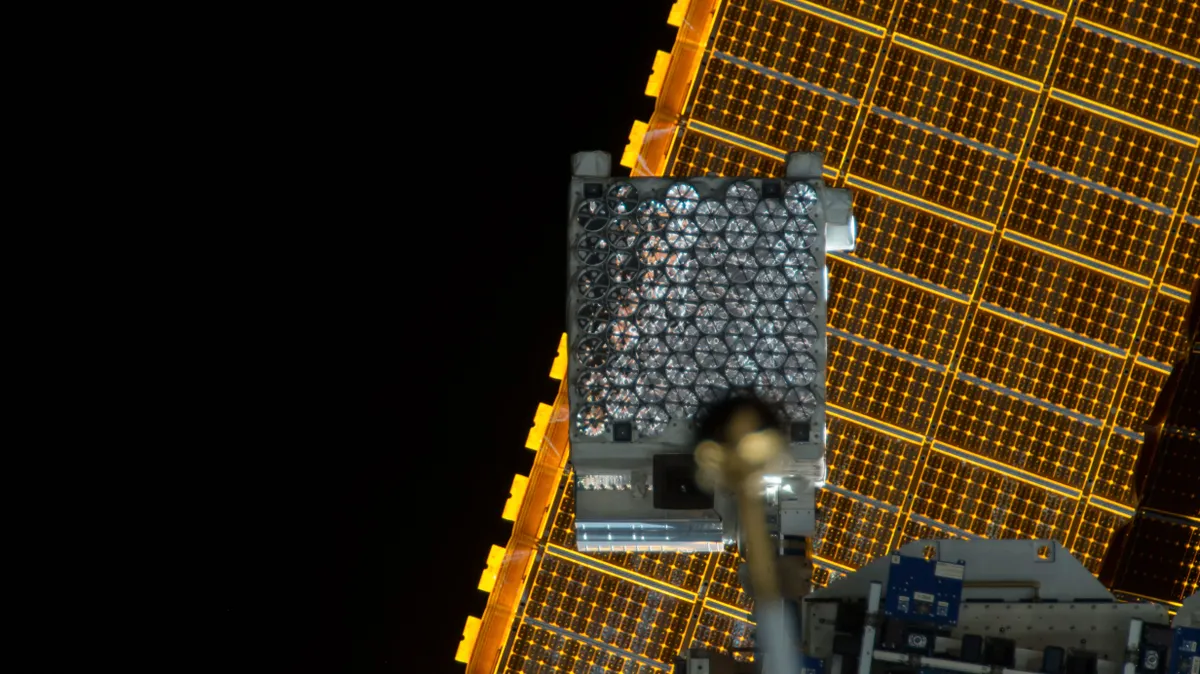
Anna Watts from the University of Amsterdam is part of team that’s been studying J0740 and other neutron stars using NASA’s Neutron star Interior Composition Explorer (NICER), an X-ray telescope attached to the International Space Station (ISS).
"As these objects spin, their brightness changes because there are hotspot regions on their surfaces," says Watts. "We can use this characteristic to build up maps of those surfaces."
To accurately chart the surface detail of an object the size of London from a distance of over 3,600 lightyears (or 34 quadrillion kilometres) is quite some feat.

It takes 3 to 4 weeks of observations over the course of a year. These surface maps are one of the tools Watts and her colleagues use to estimate the mass and size (radius) of neutron stars such as J0740.
It turns out that J0740 is the most massive neutron star we’ve ever found, tipping the scales at 2.1 times the mass of the Sun.
So it should also have the smallest radius. Except it doesn’t. It’s just as wide as another neutron star with only two-thirds as much mass.
That means the material inside J0740 isn’t as compressible – or ‘squishy’ as astronomers tend to refer to it – as they thought.
That potentially gives us clues about what’s going on inside the core, which is important because of all the layers a neutron star has, the core is the least understood.
Understanding quarks
Quarks are the particles that make up protons and neutrons. The intense pressure in the core of a neutron star could break the neutrons apart, forming a quark ‘soup’.
It takes energy to break the neutrons down, which means there would be less available to resist gravity.
That should make the neutron star more compressible and smaller, but Watts argues that’s now harder to justify given J0740’s surprisingly large size.
"It doesn’t rule them out completely, but those models look quite unlikely," she says.
Joseph Kapusta, from the University of Minnesota, is one of the researchers examining the possibility of quarks in the core of a neutron star.
"A mixture of quarks and ordinary nuclear matter could support a star up to 2.2 solar masses," he says, enough to encompass J0740 at 2.1 solar masses.
He isn’t convinced the NICER findings are enough to rule out his theory.
"There are uncertainties in the estimates of the radius," he says. That could leave some wiggle room for a quark soup core.
Watts is busy hunting down other massive neutron stars to see if they also have unexpectedly large radii.
NICER should be able to look at six neutron stars in total.
"The dream is about 20," Watts says, but that will have to wait until the next generation of X-ray telescopes.
In the meantime, other teams of researchers have been busy trying to explain why J0740 isn’t as squishy as it should be.
Neutron stars and dark matter
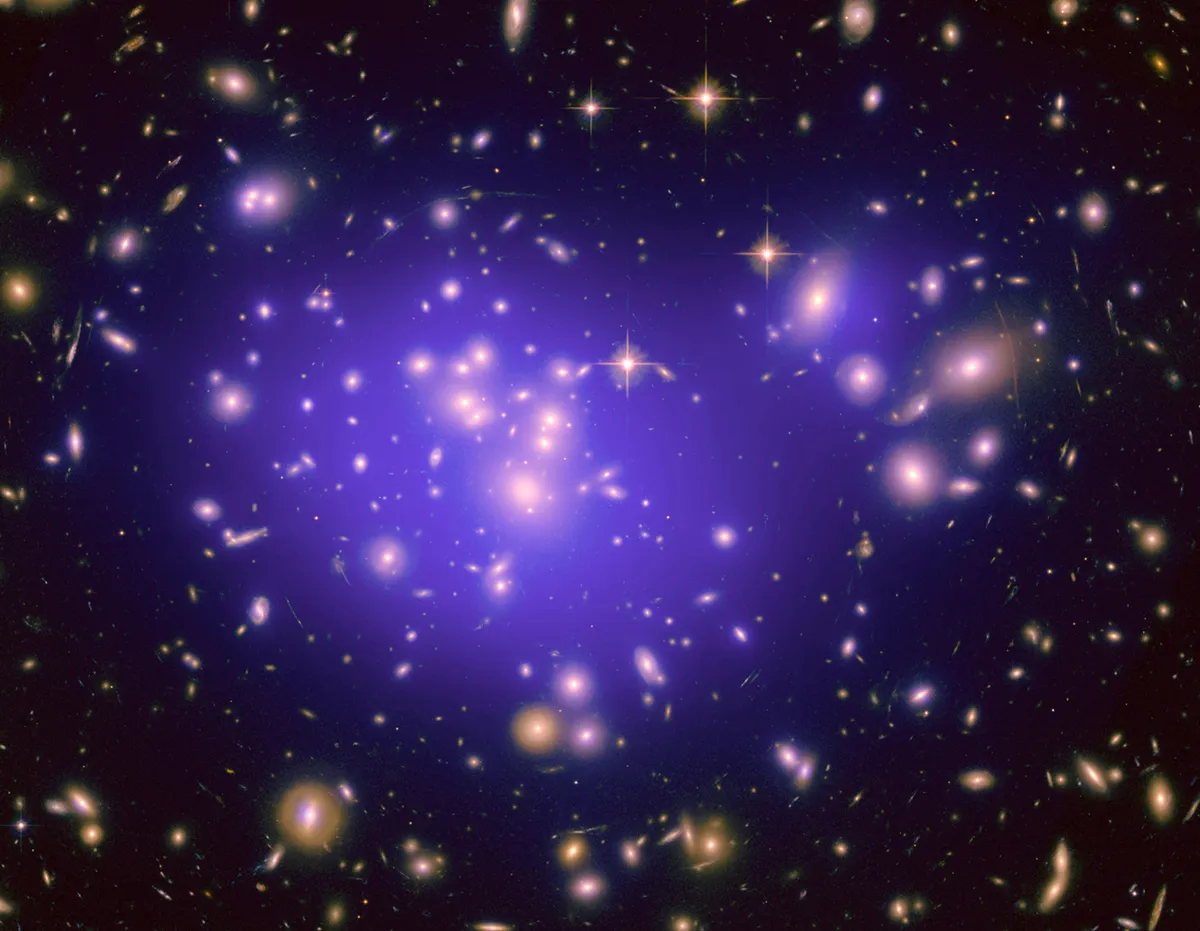
Adrian Abac, from the University of San Carlos in the Philippines, argues that there’s something our current neutron star models aren’t accounting for: dark matter.
Dark matter is the mysterious, invisible glue thought to stick galaxies together. It’s spread sparsely throughout space.
In fact, just one milligram of dark matter will pass through you over the course of your life.
Abac argues that it also gets caught up in the cores of neutron stars.
When he added dark matter to his neutron star models, he found that it offered up an additional source of resistance to gravity, perhaps explaining why J0740 isn’t as compressible as we expected.
Nuclear pasta
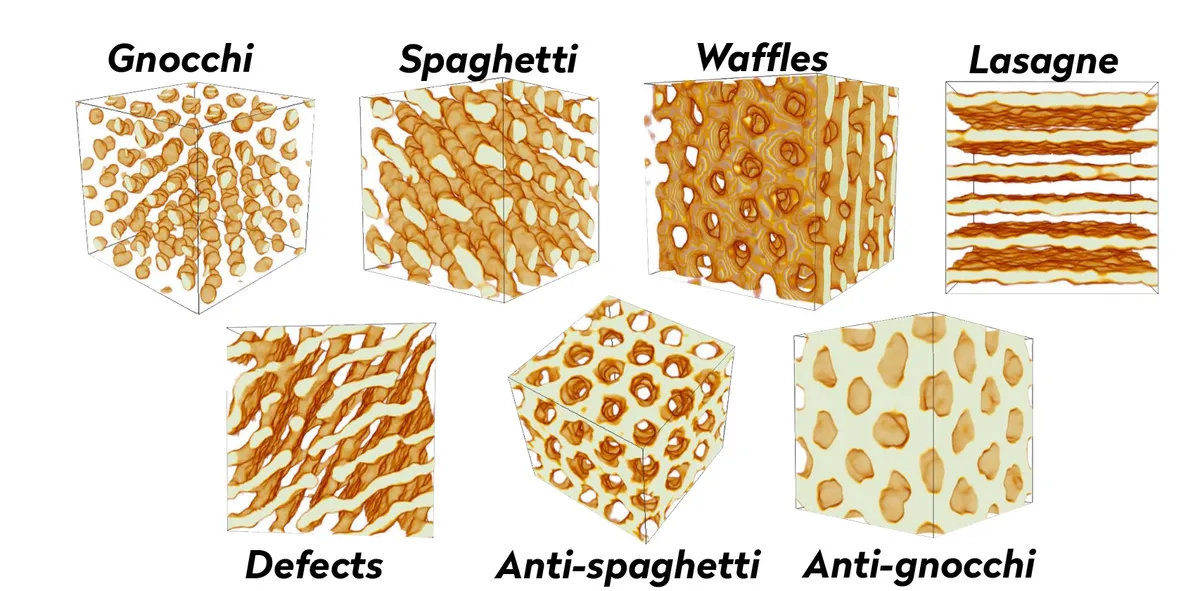
Fan Ji, from Nankai University in China, has taken a different approach.
He thinks the answer lies in the neutron star’s inner crust rather than the core.
Matter between the core and surface forms odd materials that physicists refer to as ‘nuclear pasta’.
He found that if the inner crust is made of bubble-shaped material called ‘gnocchi’, then it can lead to a neutron star with a larger radius because the star is less compressible.
Crucially however, this was the case for low mass neutron stars, not huge ones like J0740.
Magnetic pasta

There is another force that could be playing a role: magnetism.
Some neutron stars have magnetic fields so strong that they would be able to wipe the information from all the credit cards on Earth while sitting halfway between us and the Moon.
Helena Pais, from the University of Coimbra, Portugal, found that this super-strong magnetism affects the structure of the nuclear pasta, leading to a thicker inner crust.
This may make a neutron star less squishy.
Finding out who is right is important work. There are few places in the observable Universe where you’ll find nuclear matter under such extreme duress.
J0740 is the perfect laboratory to put our best theories to the test, one that could rival traditional atom smashers such as the Large Hadron Collider on the French-Swiss border.
It could teach us something valuable about nuclear physics in general, as well as about neutron stars.
Weakened gravity?
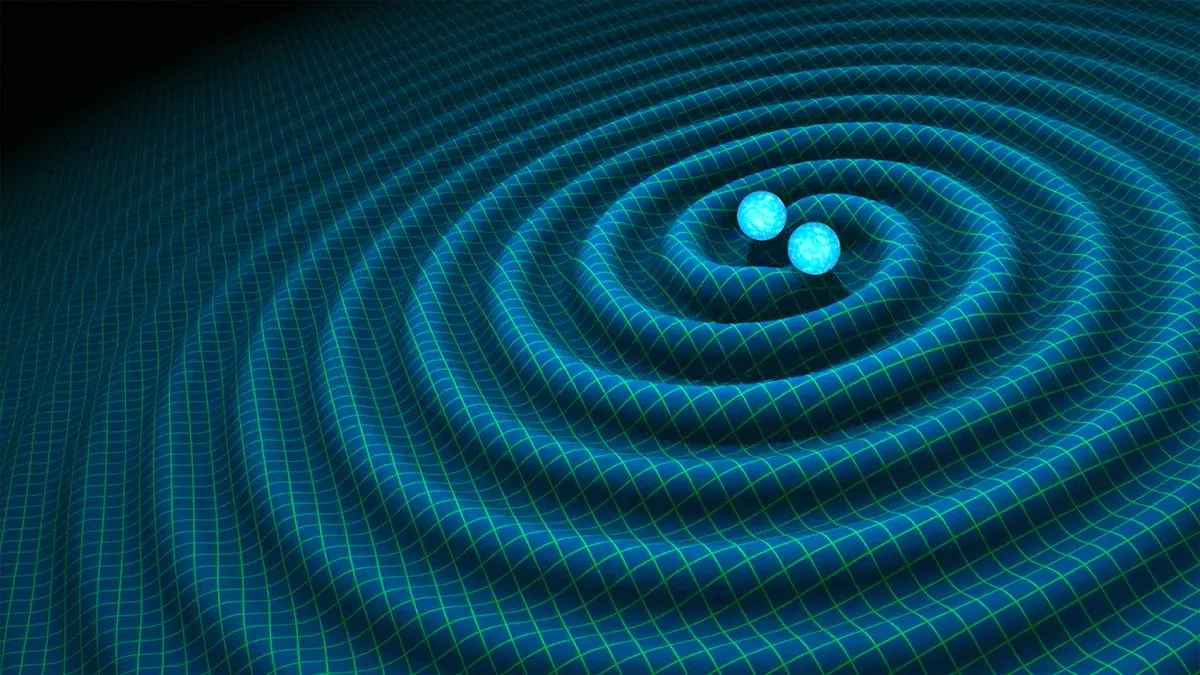
There’s also a chance that a satisfactory answer could provide a lesson on gravity.
So far we’ve assumed that the balance is off because the compressibility of the nuclear matter isn’t what we thought.
But what if it’s gravity that changes in this extreme situation? Maybe it doesn’t have the power to shrink the star as much as we’d thought.
That could open the door to seeing whether our current theory of gravity – Einstein’s general theory of relativity – breaks down.
These questions are exactly why The Nuclear Physics from Multi-Messenger Mergers project was established.
It’s a five-year, $3.25 million (almost £2.5m) collaboration designed to study collisions between neutron stars.
These violent events create gravitational waves that surge outwards at the speed of light.
When they wash up on Earth they bring important information about the neutron stars that collided and the dense matter that they are made from.
Answering these questions could tell us, once and for all, what is going on deep inside neutron stars and why J0740, in particular, seems to defy our current attempts to explain its existence.
This article originally appeared in the December 2021 issue of BBC Sky at Night Magazine.
